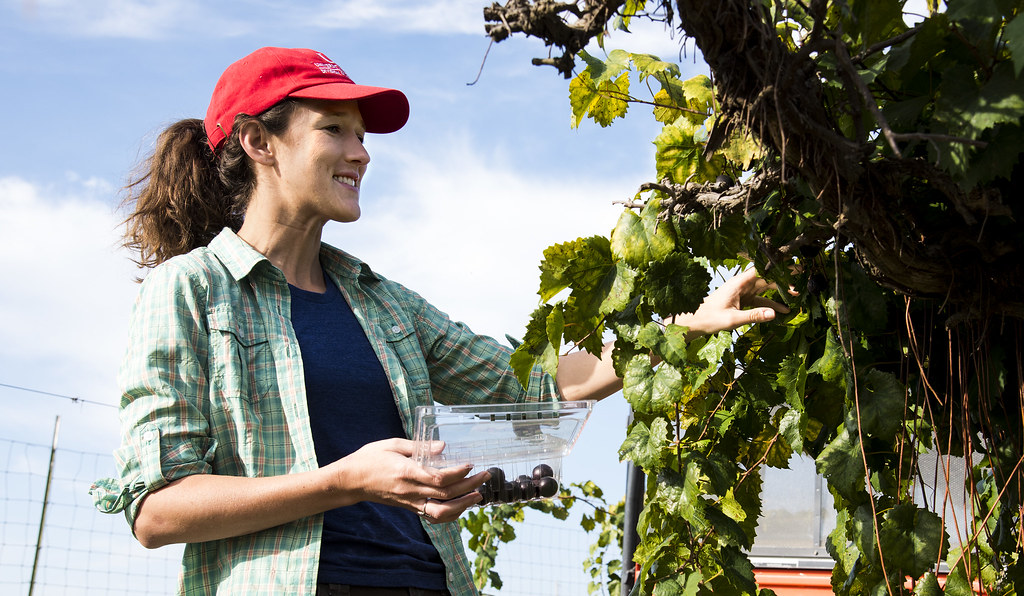Research Shows Hardwood Muscadine Propagation is Possible for Modest Breeding Programs

The Problem
With their unique flavor and health benefits, muscadines offer specialty crop growers in Arkansas and across the South an option to broaden their production or break into a niche market. The grape is native to the Southeast and more resistant to diseases than non-native grapes, but the grape is not widely known in America. Fruit breeders seek to improve muscadines with qualities that appeal to a broader population, such as thinner skins, tighter flesh and seedlessness. More cold hardiness and better disease resistance are also desired traits to widen the scope of geography where muscadines can grow well.
As part of the variety development process, muscadine breeders must propagate plants. The general consensus is that muscadines must be propagated by softwood cuttings or vegetative layering. But rooting hardwood cuttings from muscadine vines — long considered to be excessively difficult — could reduce overall variety development time by about one year.
The Work
Over the past 15 years, the Fruit Research Station’s muscadine breeding program has planted over 20,000 seedlings to obtain 340 selections. Margaret Worthington, associate professor of fruit breeding and genetics, is moving forward with a group of advanced selections to breed for consumer quality and cold hardiness.
As part of her breeding work, Worthington developed a protocol for hardwood muscadine propagation to serve the modest needs of the Arkansas muscadine breeding program.

The Results
Worthington published new research in 2022 that showed it is possible to propagate muscadine plants using hardwood cuttings. Hardwood propagation was conventionally considered to be impossible because this sub-genus of Vitis is more difficult to propagate with hardwood stems.
Two new Arkansas muscadine varieties are expected to be publicly released in the fall of 2023. One is a sweet, fresh-market grape to serve as a table grape and the other is a less-sweet processing grape for juices, wines, jellies, and other products.
The Value
Most table grapes in the United States are non-native grapes grown in California. Muscadine grape genetics are used in popular new crossbred table grape varieties with unique shapes and flavors, signaling consumers’ willingness to explore and appreciate muscadine’s unique flavors. Growing a table grape industry outside of California will be aided by developing muscadines with more cold hardiness and consumer-friendly qualities. Improvements in muscadine cultivars will also support growth of specialty crops in Arkansas, the Midsouth and the Southeast.
Worthington’s published research on hardwood muscadine propagation demonstrates that institutions with modest muscadine propagation needs can successfully propagate plants from hardwood cuttings. Using this method, breeders can speed up development of new varieties, shaving one year from the typical 10-15-year development time.
About the Researcher

Margaret Worthington
Associate Professor, Horticulture
Ph.D., Crop Science, North Carolina State University
M.S., Horticulture and Agronomy & International Agricultural Development, University of California, Davis
B.S., Environmental Sciences, Duke University
Worthington’s primary research interest is the development of improved blackberry, peach, nectarine, and muscadine grape cultivars. She also leads research on fruit genetics and molecular breeding and is especially interested in answering questions that lead to the development of molecular tools and modern breeding methods which will accelerate genetic gain and strengthen applied cultivar development programs.

